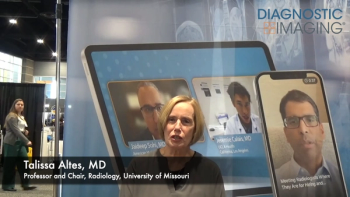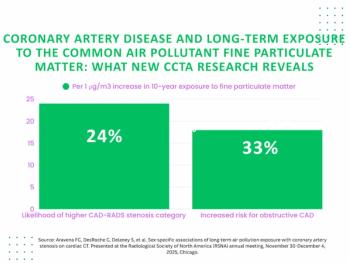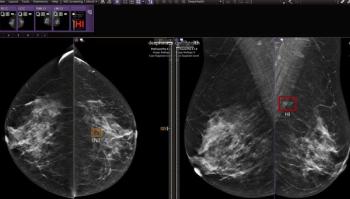
Natural Language Processing Turns Text Into Data
Whether you’ve embraced voice recognition software or rely on a transcriptionist, there’s still the problem of large amounts of text that’s largely unusable. Enter natural language processing, which makes structured reporting and data mining possible by coding the text and extracting data.
Whether you’ve embraced
“It’s nothing more than text. It’s not data,” said James Maisel, MD, chairman of ZyDoc, a medical knowledge management solutions company. “What the industry wants is data to do quality assurance, utilization review, research, analytics, case management.”
Enter natural language processing, a new technology taking dictated reports to a new, more usable level. Natural language processing (NLP) makes structured reporting and data mining possible by coding the text and extracting data. Instead of blocks of text, the technology organizes the reports, allowing for alerts and reminders - all in the interest of improved patient care, said Maisel, who will be speaking on the topic at RSNA 2011 this month.
NLP also promises time savings for the radiologist, who can dictate without having to click through menus to location, severity, size, and other elements of a structured report, Maisel explained. “When you dictate at 140 words per minute, clicking through a menu takes a long time,” he said.
Particularly with the new ICD-10 coding set that has far greater detail and the healthcare industry’s push for more structured, usable patient data, NLP can take that dictated description and code it properly, he said.
The coded terms are then deposited in a database for use in practice or department analytics. Data can be shared across systems, including to the billing system or electronic medical records. “Everyone would enter the data once and use it multiple times,” Maisel said.
This is a new technology, he said, and takes voice recognition applications to the next level. As an industry, radiology has been a generally successful adopter of voice recognition software, because the terminology is standardized and the language models provide for good accuracy, Maisel said. Voice recognition software can offer similar time-savings advantages with faster report turnaround, but does require effort on installation to learn the software and adapt the workflow.
Newsletter
Stay at the forefront of radiology with the Diagnostic Imaging newsletter, delivering the latest news, clinical insights, and imaging advancements for today’s radiologists.




























